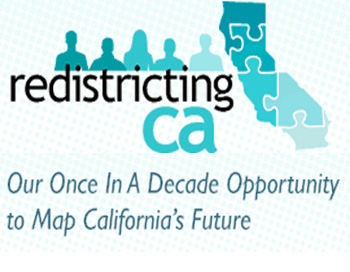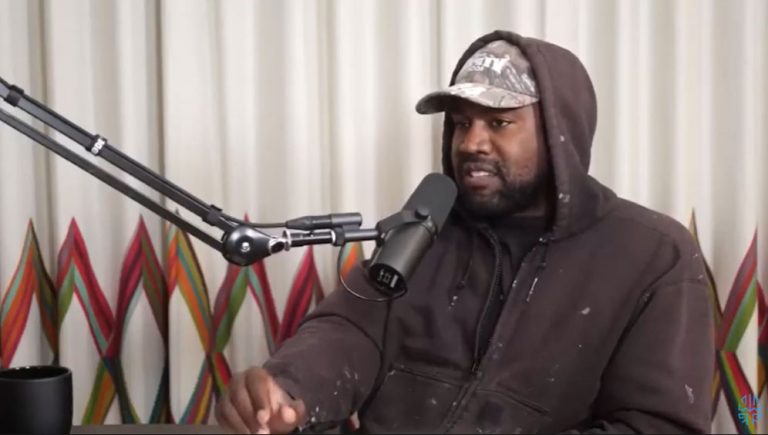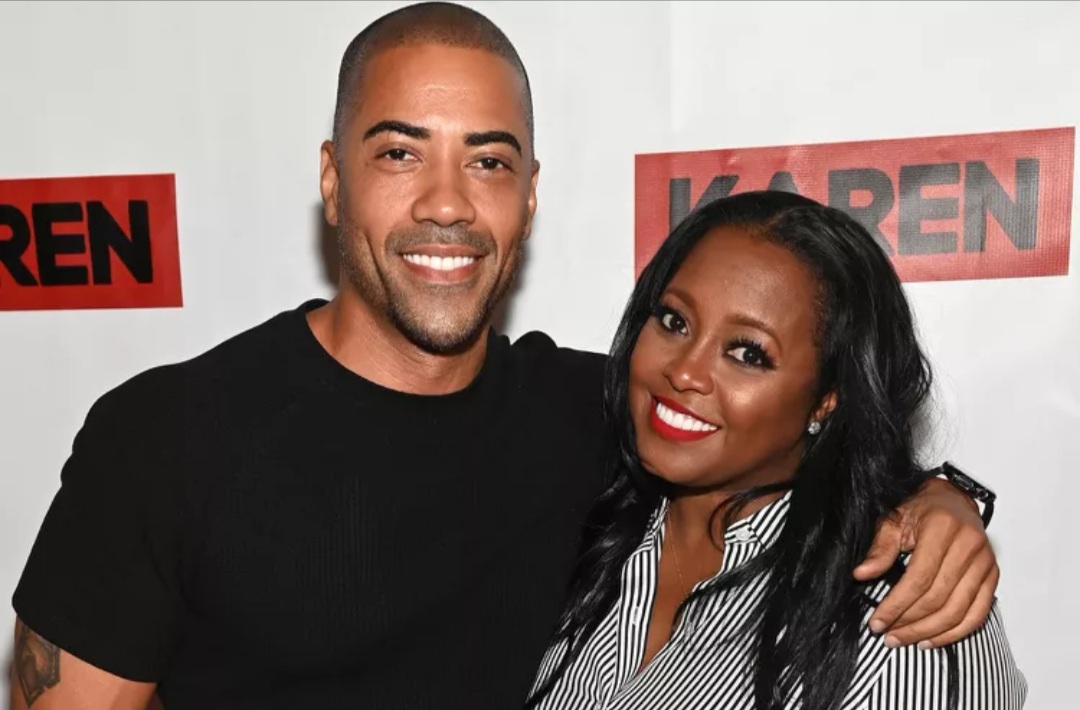

Consultant for the California NAACP. He suggested I attend a meeting regarding the urgency of efforts being put forward to educate the public on redistricting. I immediately looked up several websites
where I sifted through layers of information to learn more about the term redistricting. At the meeting, I listened to all of the presentations. The objective of the meeting session was to give the Commissioners a general understanding of the redistricting education and outreach done by citizen-based organizations and groups statewide, and the plans of those entities for additional outreach in the future.
So what is redistricting? It sounds so caged, boxed-in and unfriendly. Redistricting is the process where district lines are redrawn within a state. This includes drawing districts for Congress, State Board of Equalization, State Senate, State Assembly, county boards of supervisors, city councils, and school boards. Every ten years, the census count gives us a snapshot
of how many people there are in the United States and where they live. Once we know how many people live in California, we redistrict. That is, we draw new lines that put the same number of people into each electoral district. Redistricting ensures every person has equal representation by
drawing districts with an equal number of people: one person, one vote.
Who draws the lines in California? In 2008 and 2010, the voters passed Propositions 11 and 20. For the first time in California, a new 14-person commission called the Citizens Redistricting Commission (CRC) will draw the district maps for Congress, State Board of Equalization, State Senate and Assembly. The Citizens Redistricting Commission initially met in January 2011 and has been holding meetings around California to listen to residents describe their communities, neighborhoods, and what issues are important to them. Based on the public input, the commission will draw new district maps. The Commission has until August 15, 2011 to approve final district lines. One of the best easy-to-read resources (referred to me by the Center for Collaborative Policy at Sacramento State University) that helped me to understand redistricting and its impact was reading the “Redistricting CA Pocket Guide.” www.redistrictingca.org/more-info. Sam Walton was also very instrumental in providing me with key facts and information on the process. A repeated phrase at the outreach meeting was “Keep counties, cities, communities–specifically ‘communities of interest’–and neighborhoods intact where possible.” Former Vice Mayor Lauren Hammond testified at the CRC meeting on behalf of the Sacramento Area Black Caucus. “As an example, South Sacramento the neighborhoods of Meadowview, Parkway and North Laguna have been removed from the Sacramento Assembly and Senate district proposals in Bay Area and Central Valley District for the last three decades. Because of our relationship with our elected legislators, we were able to reverse these egregious attempts by the legislature’s private consultants.” The redistricting summary handout states, “There is no disagreement that previous censuses failed to fully count Blacks, Hispanics, young people, and renters. The Census Bureau itself estimated that the 1990 Census did not count 838,000 or 2.7 percent of California residents. Over the decade, this undercount cost California one seat in the House of Representatives as well as over $2 billion in federal funds.”
What can happen when you don’t get involved? Urban communities in Columbus, Ohio were split into three segments. Each population segment of the city was then placed in a district where they were outnumbered by suburban populations which had different political leanings and interests. These
urban voters lost their political voice. Speaking up about your community is VIP to ensure that the district lines that are drawn protect your political voice.
So what’s the bottom line? It is very important for us to get involved in the process of helping to describe our communities and participate in drawing the lines so that certain areas are not axed out
of district maps and placed elsewhere.
The Redistricting Group at the University of California Berkeley School of Law has been hosting a series of interactive, educational workshops and opening regional redistricting technical assistance centers (also called sites) across the state. Paid for by a grant from the James Irvine Foundation, the purpose of the workshops is to educate all Californians on how the redistricting process works, how to access the data, and how to effectively communicate valuable information about their communities.
The series started with a well attended workshop at the Sacramento Central Library on March 12. Several more workshops were held after March 28. All workshops are free and open to the public. These workshops were great opportunities to become an informed California resident equipped with the tools necessary to be a part of this important process. For more info about what the Citizens Redistricting Commission is doing, visit the official site: www.wedrawthelines.ca.gov. See
updates for upcoming meetings and info also at redistrictingca.org.
See more info about upcoming Community Redistricting Workshop in Oakland, “African Americans and Redistricting: Securing Political Power” >>read more




